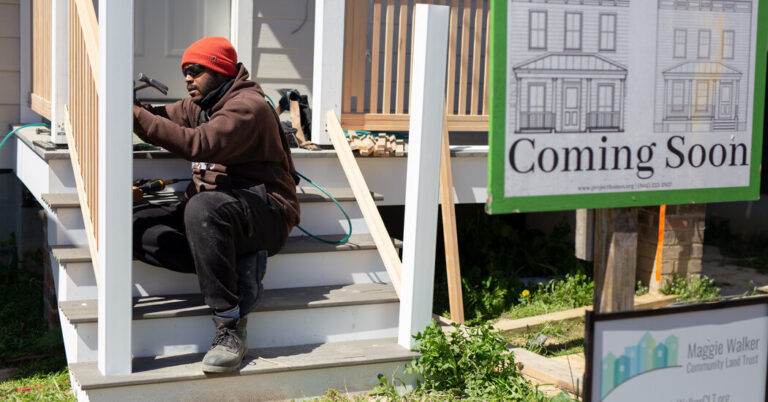Younger Israel and Palestinian Activists Dream of a New Peace
Ms. Salman and Ms. Pundak are members of a younger generation of peacemakers who want to be part of the dialogue about the “day after,” when the guns go silent, and Israelis and Palestinians are forced to grapple again with how to live with each other. They acknowledge the hurdles to rearranging a diplomatic puzzle that has bedeviled world leaders and their envoys for decades. Even talking about peace at a time of scorched-earth war, they say, can seem fanciful.
But, Ms. Pundak said, “It’s crucial to have those conversations right now, as they affect immediately what happens in Gaza. The more civilians we kill in Gaza, the harder it’s going to be to get anywhere.” She is the Israeli chief executive of an organization, A Land for All, which has Israeli and Palestinian members.
Ms. Salman, the co-director of another group, Combatants for Peace, agreed. “For Israelis, this is the first time that they feel the same pain as Palestinians, since I would say, the Holocaust,” she said. “This is a huge test of whether people are really committed.”
Her group recently brought together Israeli and Palestinian members for a meeting that she said was anguished but inspiring.
Under the terms of the two-state solution, Israelis and Palestinians would live in sovereign states, divided along the 1967 borders of Israel, before it occupied the West Bank and Gaza. Previous attempts to strike a deal have fallen apart over disputes about allocating land to the Palestinians, a problem that has deepened as Jewish settlements have proliferated across the West Bank, as well as other issues.
What has changed since the Oslo Accords, both women said, is the viability of a deal based on the principle of separating Israelis and Palestinians. With nearly two million Palestinians living as citizens in Israel and more than 500,000 settlers carving up the West Bank, they said the two peoples were irrevocably intertwined, each clinging to a vision of a homeland on land claimed by both.
The answer, Ms. Pundak said, was neither a single state nor a simple division into two. Instead, it would be two states, confederated in a shared homeland. Her model is the European Union, which, as she noted, was composed of countries, like France and Germany, which had been at war with each other not so long before the bloc began to come together.
“Eighty years ago, would you have expected German hipsters to live in France?” Ms. Pundak said. “But they do.”
To make such a confederation work, both sides would have to accept conditions, like the free movement of Israelis and Palestinians, the settlement of refugee claims and the authority of common institutions to handle issues like human rights, natural resources and economic cooperation. Palestinians living in Israel would vote in Palestinian elections; Israelis living in a future Palestine would vote in Israel.
Jerusalem would be a shared capital, she said, its holy sites managed by an international authority that included religious representatives.
Check out our Latest News and Follow us at Facebook
Original Source







